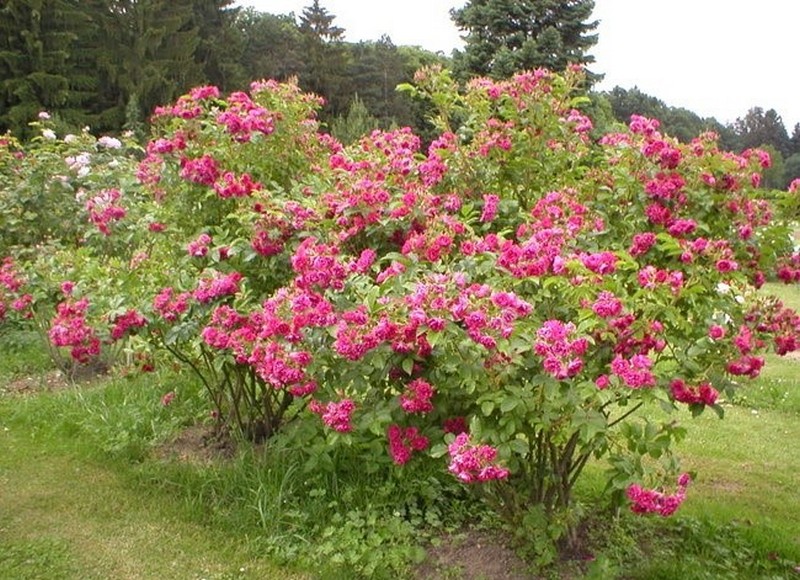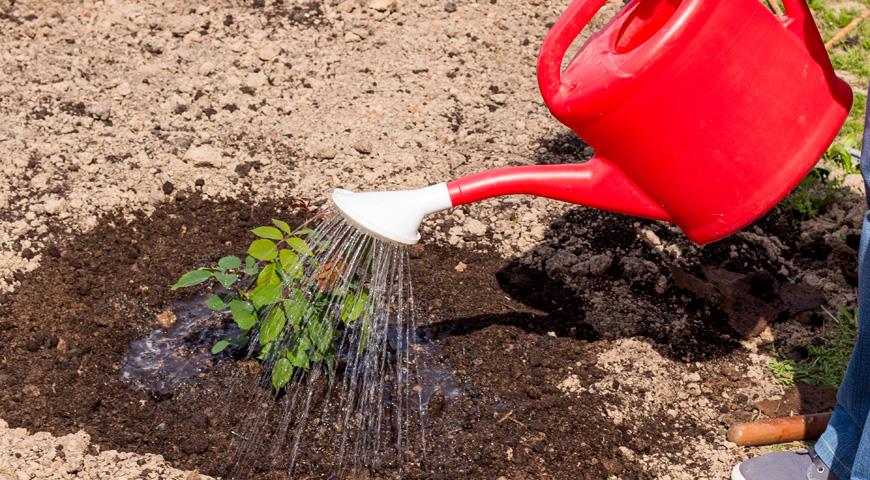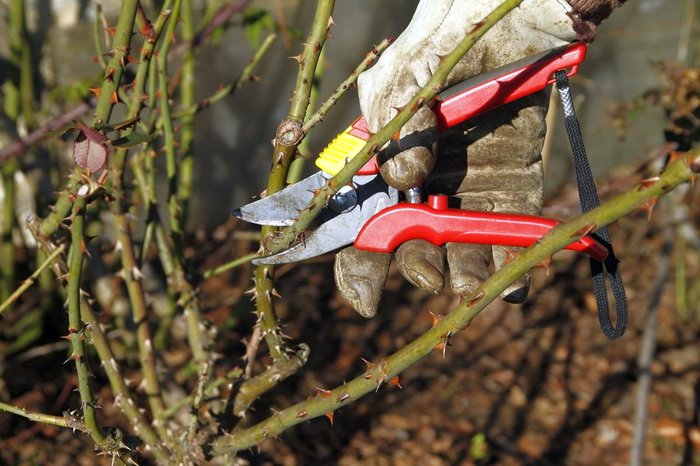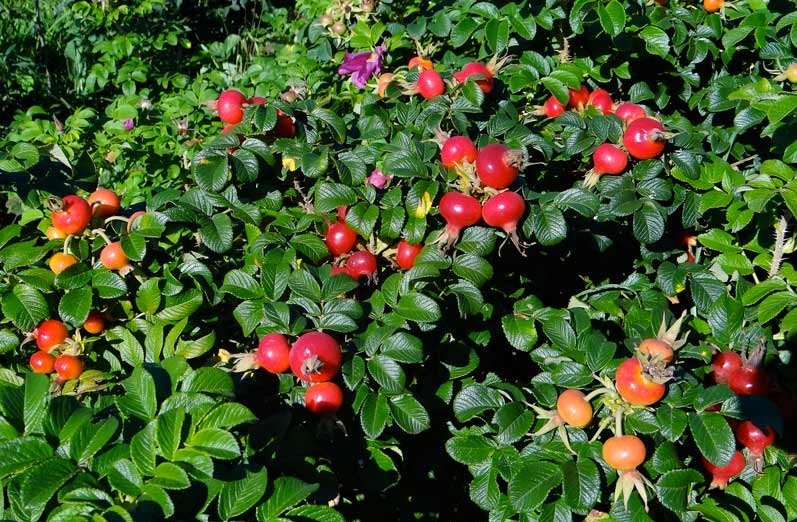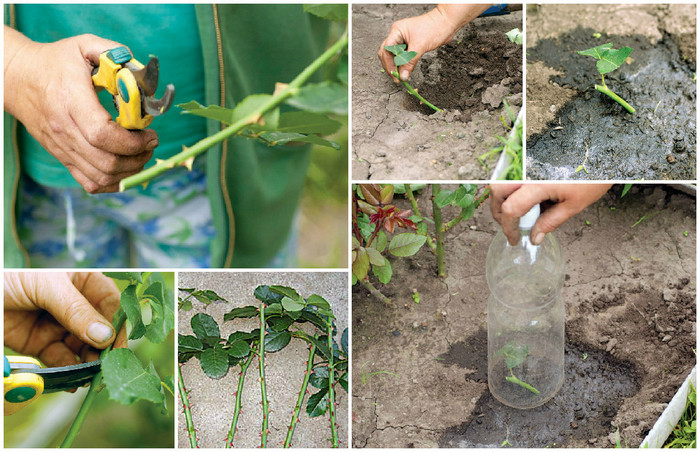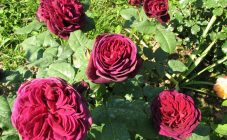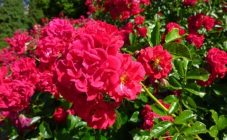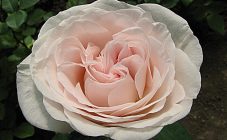Content:
What is the name of a rose-like rose? This is a wrinkled rose, or a carnation rose. It is an indispensable element of most fruit and ornamental cultural plantings in Russia and around the world. The plant is famous for its beneficial berries and beautiful flowers. Culture can reveal its hidden potential only with the appropriate level of agricultural technology.
A brief description of the wrinkled rose
The rugose rose, also known as the rugose rose (Rosa rugosa in Latin), is a plant species of the Rosehip genus, which is part of the Rose family. Representatives of the species are shrubs with dense, elongated branches, the height of which varies from 2 to 6 m. In favorable cultivation conditions, plants form dense thickets that are difficult to pass. Old stems are lignified, bare and brown in color. Young shoots are densely pubescent and are light greenish. The flower-bearing shoots have thorns of different sizes. All spines are usually very sharp, colored reddish, slightly curved downward.
The foliage is arranged in the next order and is fixed to the stem with petioles. Their shape represents varieties of an ellipse up to 3 cm long and 1.5-2 cm wide. On the upper part of the leaves there are pronounced wrinkles and a strong shine, while at the bottom the foliage is strongly pubescent to the state of felt. In the lower part, you can find glands.
Flowers are arranged in 2-3 pieces. in inflorescences or separately. They are large in size: they reach 7 cm in diameter. The flowers are kept on pedicels up to 2 cm long. The color of the inflorescences varies from light greenish to red-green. Flowering occurs in the first half of summer, while remontant varieties of the crop tend to re-flowering in September-October under favorable weather conditions. The plant is cross-pollinated.
Fruits are globular and slightly flattened. They are dense and fleshy in consistency. At the first stages of ripening, they are characterized by a greenish color, which, as the berries develop, transforms into red or bright orange.
In nature, large plantings of culture are found in the Far Eastern regions of Russia, as well as in Japan, China and on the Korean Peninsula. The rugose rose is cultivated as a cultivated plant throughout Europe from the United Kingdom to Hungary and Romania, as well as in many states of the USA, Canada, New Zealand and Australia.
Rose rugosa stands out for its positive properties. In addition to vitamin C, it contains a number of other vitamins, as well as chemical elements:
- potassium;
- phosphorus;
- calcium;
- magnesium, etc.
In folk medicine, infusions and other medicines are prepared on the basis of the plant. They are used to treat anemia, metabolic disorders, inflammation.
Wrinkled rose varieties
In Russia, the following varieties of wrinkled roses have gained great popularity:
- The Queen of the North is a northern wrinkle-leaved variety that blooms from summer to late autumn. Its difference is large flowers, which reach 12 cm in diameter, and the berries are rich in vitamins.On an adult rose plant, the Queen of the North, up to 50 buds can be present at the same time.
- Rubra is a wrinkled rose, which is a spreading shrub about 2.5 m in height. The flowers are fragrant and large with a diameter of 6-12 cm, resembling ordinary roses. Flowering lasts all summer, often repeated. Fruits are bright red up to 2.5 cm in diameter.
- Alba is a European hybrid characterized by white flowers 5-8 cm in diameter, thanks to which it got its name. The bushes are upright growing with elastic strong stems up to 2 m high. Plants do not form fruit, they bloom once a summer for a month. The variety is resistant to low temperatures, pests and diseases.
- Rose Hansaland (Hansa) is one of the most popular varieties. The buds are beautiful, oblong. Lilac flowers are arranged in 3-5 pieces. in racemose inflorescences. The fruits are small, outwardly similar to cherry tomatoes. The Hansaland rose blooms all summer and autumn until frost.
- Capuchin rose - yellow rose hips, shrub up to 2 m in height. Plants have small foliage and large single golden-yellow flowers. The flowering is lush and plentiful, but relatively short. Some varieties have an unpleasant odor.
Other popular wrinkled rose varieties:
- Konrad Ferdinand Meyer;
- Pink Nose Clouds;
- Charles Albanel;
- Rugelda;
- Jenz Munch, etc.
Rose rugosa: planting and care
There is nothing difficult in growing a wrinkled rose, everything is quite standard:
Site selection
Rosehip rose belongs to the category of plants that prefer good lighting. For her, slopes on the south side or flat sunny plots, protected from gusts of wind, are ideal. It should not be planted under large trees, as excessive shading will make the flowers pale and small.
Rosehip rugose is not very picky about soils, but reacts especially well to moist and fertile soils. The plant grows poorly in wetlands and where groundwater is close. The culture is distinguished by a sufficiently high winter hardiness, which allows it to be cultivated in the Middle Lane without additional shelter for the winter. The plant is also characterized by drought resistance.
Planting a plant
The optimal period for planting rose hips is the second half of autumn, but spring plantings are also allowed. Usually two-year-old seedlings are planted, the main roots of which are cut to 25 cm, and the stems are shortened at the level of 10 cm.
On previously prepared and fed plots, planting pits are made 30 cm deep and wide.If the plot is not ready, then the depth of the hole is increased to half a meter, and the width is up to 50-80 cm.When planting a seedling, 10 kg of humus mixed with soil. Other mineral fertilizers are also used:
- 150-200 g superphosphate;
- 60-70 g of ammonium nitrate;
- 30-50 g of potassium salt.
When planting rose hips as a hedge, the distance between the plants is made equal to 50 cm, in all other cases the gap is increased to 1 m.Before planting, the roots are dipped in a clay mash and the seedling is placed in the hole so that the root collar is buried approximately 5-8 cm Then the hole is covered with nutritious soil and the earth is tamped tightly so that no air pockets remain. This is followed by abundant irrigation, pouring 8-10 liters of water under each bush. As the liquid is absorbed into the soil, the root sector is covered with a layer of mulching material, which is used as:
- humus;
- sawdust;
- peat, etc.
Watering
Irrigation of bushes in the first year of planting should be frequent and abundant. In subsequent years, the intensity of irrigation can be reduced, since the crop is relatively resistant to high temperatures. It is enough to do 3-4 waterings per season.If a period of strong and prolonged heat and drought is approaching, 10 liters of water are poured under a young bush at a time, and 20 liters under an adult plant.
Top dressing
In the second year of life, the plants begin to feed with nitrogen fertilizers. Carry out 3 fertilizing per season:
- in early spring;
- in the first half of summer (during the period of intensive growth of shoots);
- at the beginning of autumn.
Every 3 years, each plant needs to be fertilized with 3 kg of humus or compost. After each fertilization, the soil under the bushes is shed and loosened, while removing weeds, and then mulch it.
Pruning
When the plant is 3 years old, it is regularly pruned. First of all, they get rid of diseased, dry, withered branches, and also shorten annual growths at the level of 170-180 cm. A five-year-old plant should have about 15-20 shoots of different ages, located at the same distance from each other. Branches over 7 years old are cut completely.
The plant reacts negatively to autumn pruning, so the procedure is carried out in the spring before the start of sap flow. Strong shortening of the stems will provoke strong growth of young growth in the next season, on which no fruit will form.
Plant transplant
If the soil is very poor, or the site for one reason or another is no longer suitable for the rose hips, the plant should be transplanted. The procedure is carried out in the spring or in the first half of autumn. A new hole is prepared in advance and enriched with top dressing. A cloudy day is chosen for transplantation. The plant is carefully dug out of the ground, trying not to damage the roots, and transplanted to a new place with a lump of earth. The procedure is carried out as quickly as possible, the roots should not be in the air for too long, as this threatens them with drying out. The transplant should not be carried out during the flowering period.
Fruit harvesting
The ripening of the fruits of the wrinkled rose is stretched, so the berries are harvested from August to the second half of October. You need to have time to remove everything before frost, after which the fruits lose their valuable qualities. The plant is very prickly, so you should first put on gloves and tight clothing.
Reproduction of a wrinkled rose
There are 2 options for propagating a wrinkled rose:
Seed reproduction
The natural type of reproduction is the only one possible in natural conditions. In the cultivated environment, it is almost never used due to the fact that in the offspring there is a strong splitting of traits, which does not allow propagation of varietal plants.
Cuttings
The simplest and most popular method involves the use of cuttings. In late June - early July, when the intensity of stem growth decreases, they are cut from the mother plant. There should be at least 3 knots on the handle, and the bottom leaf together with the petiole should be removed to avoid decay. The instrument must be sharpened and pre-disinfected. In order for the cuttings to root better, they are placed for a day in a solution of a root formation stimulator (heteroauxin, IMC, epin-extra) to a depth of about 2.5 cm.
Before planting the cuttings in the ground, the following fertilizers should be applied to it (the dosage is indicated for 1 m²):
- 8-10 kg of humus or peat;
- 10 g superphosphate;
- 50 g of potassium salt.
Diseases and pests of wrinkled rose
Most rosehip diseases are provoked by improper agricultural practices. Thickened plantations, an overabundance of certain nutrients (especially nitrogenous ones), excessive irrigation are factors affecting the rapid development and spread of fungal diseases. The fight against them involves the use of chemical fungicides or folk remedies, as well as correcting mistakes in the cultivation of crops. If the plant is too severely affected by the disease, then it is recommended to dig it up in order to avoid damage to the rest of the specimens. The soil under such bushes should be dug up.
The main fungal ailments found on the wrinkled rosehip:
- powdery mildew;
- peronosporosis (downy mildew);
- black spot;
- rust, etc.
With a shortage of certain nutrients, plant foliage becomes pale in color and becomes thin and fragile. These are symptoms of plant chlorosis, which is caused by a lack of nutrients. At the same time, the fruits become significantly smaller, become highly deformed.
A significant disadvantage of the wrinkled rose is its insufficient resistance to harmful insects. In the presence of pests, it is necessary to treat the plants as soon as possible with the appropriate insecticides or acaricides. The most commonly considered plantations are affected by the following parasites:
- larvae of fruit caterpillars and sawfly;
- spider mites;
- slobbering penny;
- rose leafhopper;
- rose aphid;
- deer beetle;
- bronze, etc.
The cultivation of wrinkled rose hips is a relatively simple process, which is greatly facilitated with the necessary knowledge and skills. Any gardener and summer resident is able to get a high yield of high-quality fruits and pleasant decorative plantings on his site.

